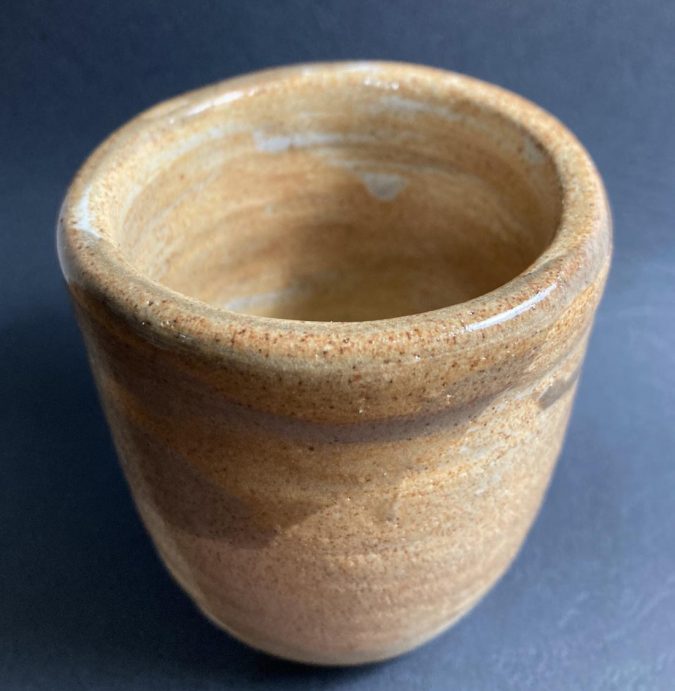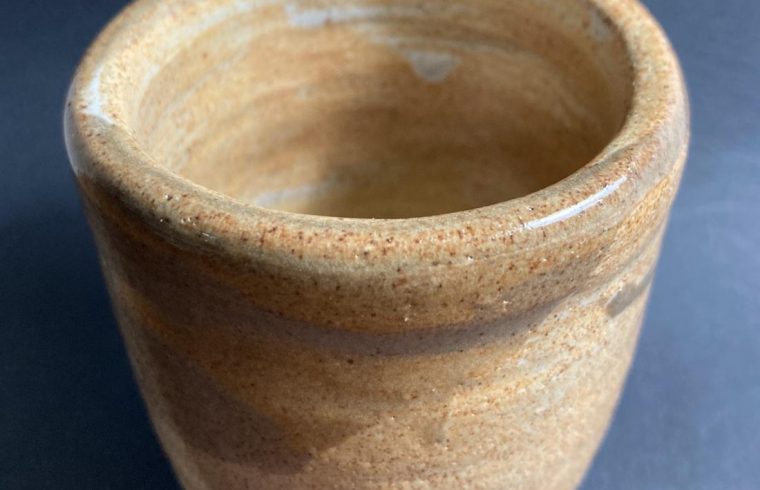An international team of researchers, led by Dr. Umar Abdul Hanan, Universiti Teknologi Malaysia (UTM) has successfully developed a method that uses montmorillonite (clay) particles to reinforce resin composites. The work has been published in Polymer Composites.

Unsaturated polyester (UP) resin is a low-cost thermoset with excellent processing ability and mechanical properties that finds applications in fiber-reinforced polymer (FRP) materials. It also crosslinks readily in the presence of a catalyst such as a ketone peroxide, forming an even stronger and stiffer resin.
Unfortunately, this also leads to lower fracture toughness. Several methods to enhance the toughness of the cross-linked resin have been proposed; one such method involved blending with nano-fillers made from rubber but this reduces the strength and stiffness of the resin.
Here, for the first time, the team has demonstrated that a nano-clay composite made from unsaturated polyester (UP) blended with montmorillonite (MMT) clay nanoparticles of high compressive strength, stiffness, and toughness could be achieved by optimizing the filler content.
The blending process was straightforward, involving a simple mechanical stirring and ultrasonic agitation process, followed by the degassing process in the vacuum gas chamber to remove air bubbles, and crosslinking the UP using methyl ethyl ketone peroxide.
The optimization process involved characterizing the composite (pre-and post-fracture) under a transmission electron microscope to quantify the dispersion of the MMT in the crosslink UP matrix. This study demonstrated that the optimum weight fraction of MMT needed to maximize the compressive properties was around 0.60 wt%. In other words, about 99.4 wt% of the bulk comprised the crosslink UP. This yields a lightweight and strong polymer composite material.
The clay-reinforced polymer composite material may find applications as primary load-carrying structures in the transport industry with fuel-saving advantages. This can help support the transport industry’s drive to reduce greenhouse gas emissions into the environment.
The other members of the team are Professor Shukur Abu Hassan (Director of CACM, UTM), Professor Mat Uzir Wahit (CACM, UTM), Dr. JS Binoj (Saveetha Institute of Medical and Technical Sciences (SIMATS)), Professor Bright Brailson Mansingh (Sri Ramakrishna Engineering College) and Professor Kheng Lim Goh (Newcastle University in Singapore).








